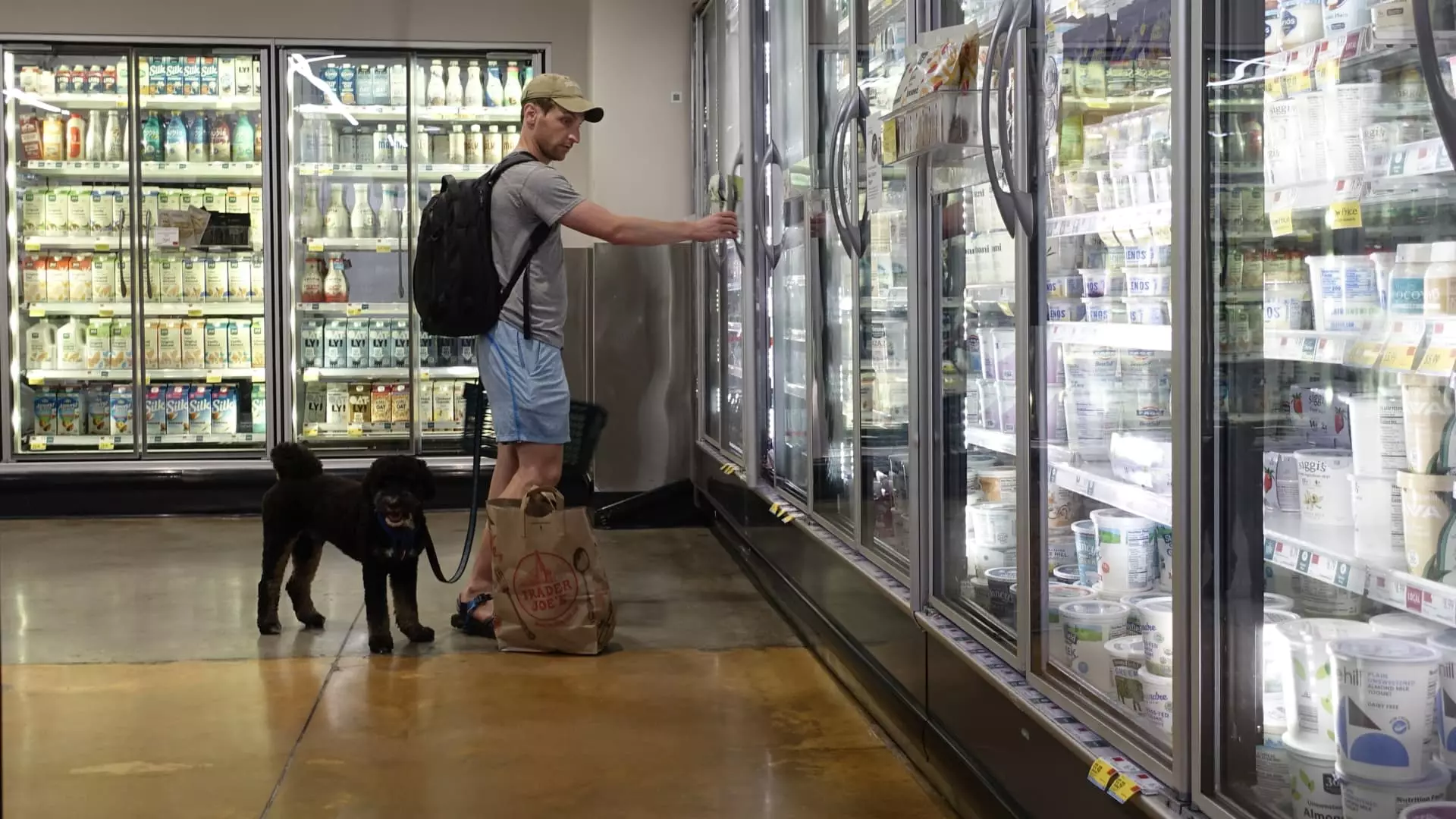The latest report on inflation shows a slight uptick in July, as indicated by the personal consumption expenditures price index, a measure preferred by the Federal Reserve. The index rose 0.2% on a monthly basis and was up 2.5% from the previous year. Looking at core inflation, which excludes food and energy prices, there was also a 0.2% increase for the month, with a 2.6% rise from the previous year. Despite these figures being in line with expectations, it is important to note that both headline and core inflation rates have remained the same as in the previous month.
One notable aspect of the report is the persistence of rising shelter costs, which increased by 0.4% in July. In contrast, other components of inflation showed mixed results, with goods prices falling slightly and services increasing by 0.2%. On a 12-month basis, goods prices remained relatively stable, while services surged by 3.7%. Food prices were up 1.4%, and energy costs accelerated by 1.9%. These varying trends indicate a complex inflation landscape influenced by both domestic and global factors.
Implications for Monetary Policy
The Federal Reserve’s impending interest rate reduction, the first in over four years, comes at a time when inflation remains moderate but persistent. The decision to lower interest rates is seen as a proactive measure to support economic growth amidst broader uncertainties. Market expectations are high, with a 100% chance of a rate cut in September. The key question now is the magnitude of the rate cut, with discussions leaning towards a quarter-point reduction rather than a more aggressive half-point move. This uncertainty underscores the delicate balance the Fed must strike between managing inflation and boosting economic activity.
While inflation remains a key concern for policymakers, there is a growing emphasis on supporting the labor market. Despite a low unemployment rate of 4.3%, there are signs of a slowdown in hiring and mounting challenges for job seekers. This shift in focus from inflation to employment reflects the Fed’s dual mandate of ensuring price stability and maximum employment. As the Fed navigates this evolving landscape, it must consider a range of economic indicators to make informed decisions that benefit both businesses and workers.
The July inflation report provides a nuanced view of the current economic environment, with inflation showing modest gains and the Fed poised to take action through interest rate adjustments. While market reactions have been relatively muted, the underlying trends in inflation, consumer spending, and labor market dynamics signal a complex set of challenges and opportunities. As policymakers grapple with these issues, it is crucial to strike a balance between supporting economic growth, maintaining price stability, and fostering employment opportunities for all.

Leave a Reply